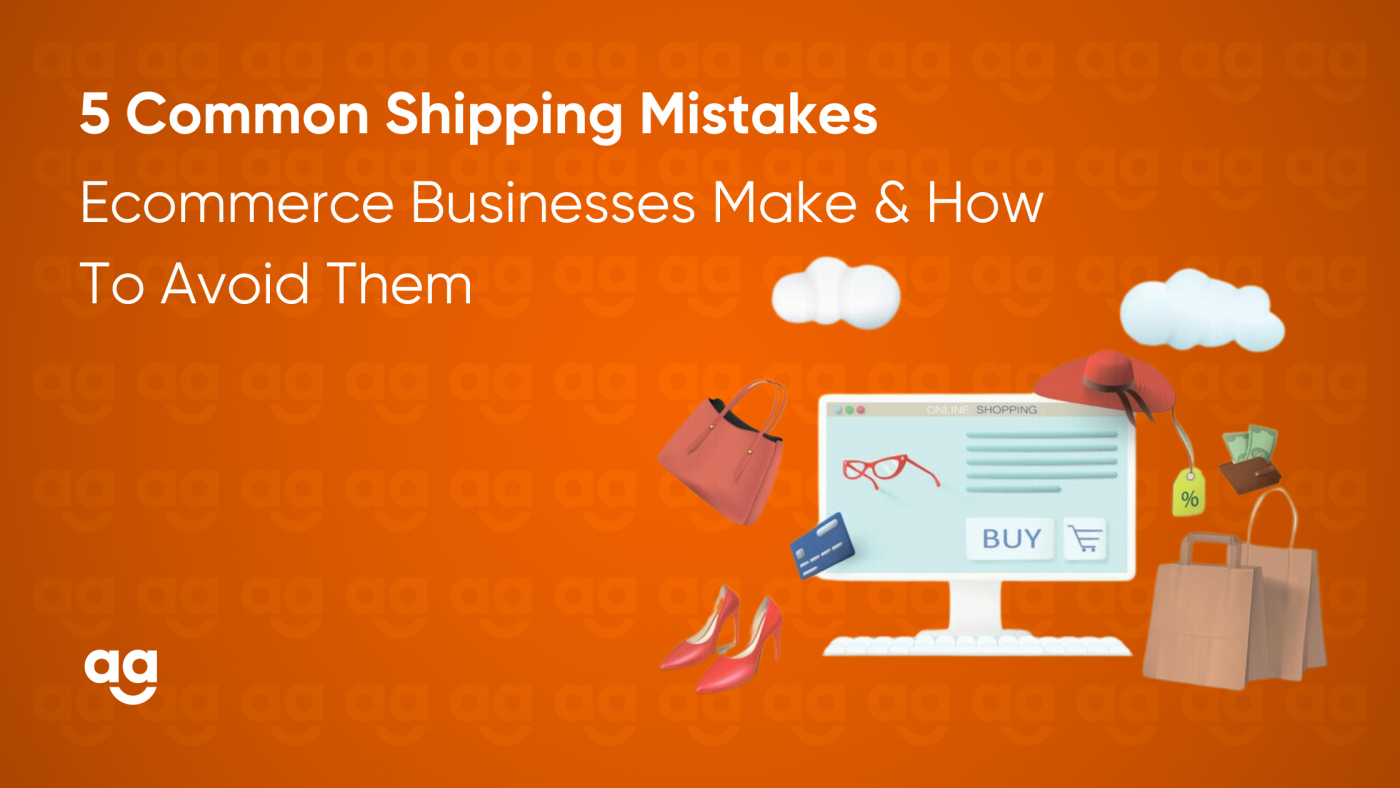Introduction
Shipping methods have a significant impact on whether an online retail business succeeds or fails. While an effective shipment type can increase revenue and foster customer loyalty, there are many significant repercussions due to shipping mistakes. For example, India loses $65 billion annually as a result of inadequate supply chain management. This highlights the importance of proper shipping practices in the E-commerce sector.
In this post, we cover the five most common shipping mistakes made by E-commerce businesses and provide actionable solutions to steer clear of these pitfalls in 2024. Read on!
Dodging the 5 Common Shipping Slip-Ups in E-commerce
Below are the top 5 common shipping slip-ups in e-commerce and tips on how to avoid them in 2024:
1. Errors within BOLs
A legal document that certifies the ownership of the products in a shipment type is called a Bill of Lading (BOL). The BOL document outlines the obligations of both the shipper and the carrier and acts as an agreement between them.
Shippers often misidentify the item, put in a different piece count, inform the wrong party, or skip over the terms and conditions of the BOL, to name a few, due to the volume of detailed data that needs to be documented. Errors of this nature may result in fines, incidental expenses, denial of claims, and delivery complications.
How to Avoid:
To ensure greater accuracy, enlisting the assistance of a second party to verify this paperwork can help immensely.
2. Wrong Weight and Freight Class Listing
The goods’ class and weight must have their listing despite the fact they are part of the BOL. If you attempt to calculate the weight of your shipment type without using a weighing facility, you will almost certainly be charged more; the same goes if the goods class is not accurate.
Because a lower class corresponds to a lower price, shippers usually list their shipping methods in the lowest class available. If they are mistaken, however, the cost of reconsideration will be far higher than the variation in the class margin.
How to Avoid:
- Purchase a suitable and efficient weighing scale
- For reliable and reasonably priced deliveries, always allocate the time to precisely weigh and categorize the shipments
3. Not Taking All Expenses into Consideration
New shippers frequently experience being taken aback and even perplexed by the shipping cost, particularly when they make modifications to their shipping methods. This typically occurs when certain costs are disregarded.
Even though the goods’ weight and destination will be the basis for your initial quote, other elements, such as delivery time, may increase costs.
How to Avoid:
- Gain an in-depth knowledge of all the factors that contribute to the rise in shipping costs.
- Additional fees might be incurred for things like last-minute delivery for carriers like the Amazon delivery method. To reduce costs and prevent unexpected expenses, be sure you are mindful of these charges.
4. Inaccurate Shipping Addresses
This is still one of the most frequent shipping errors.
The shipper incurs additional costs if customers fail to submit the right address for the shipment type.
Modest modifications to the package’s zip code, state code, or other relevant details may incur extra costs. Additionally, handling undeliverable shipments will incur an additional fee from the majority of couriers, such as Amazon delivery method, UPS, and FedEx.
How to Avoid:
Make sure the address on the package is accurate by checking it twice. Doing this can save your company money and time.
5. Unsuitable Packaging
Inadequate packaging causes damaged goods, which in turn causes unhappy customers and, once more, higher costs. Specialists assert that the tensile strength of the majority of shipping containers declines substantially for a single trip, even for boxes that are appropriately packed and proportionate.
If the package is not the right size, the risk of damage grows significantly.
How to Avoid:
To solve packing issues, you should do the following:
- For bulky goods, use strong packaging materials
- For every product, use boxes that are the right size
- When shipping fragile goods, use equipment such as temperature indicators
Wrapping Up
Navigating the intricacies of shipping, regardless of the shipment type, can be a complex undertaking fraught with potential errors. Ensuring a flawless shipping process for your business involves a keen awareness of common pitfalls and proactive measures to sidestep them.
If you are looking for an end-to-end logistics partner to scale your shipping quality, get in touch with Shipyaari. In addition to offering a top-notch platform that connects with your website via our unique API, Shipyaari strives to streamline your daily logistics at every stage.
Get in touch with us for more info!







 Shipping
Shipping







